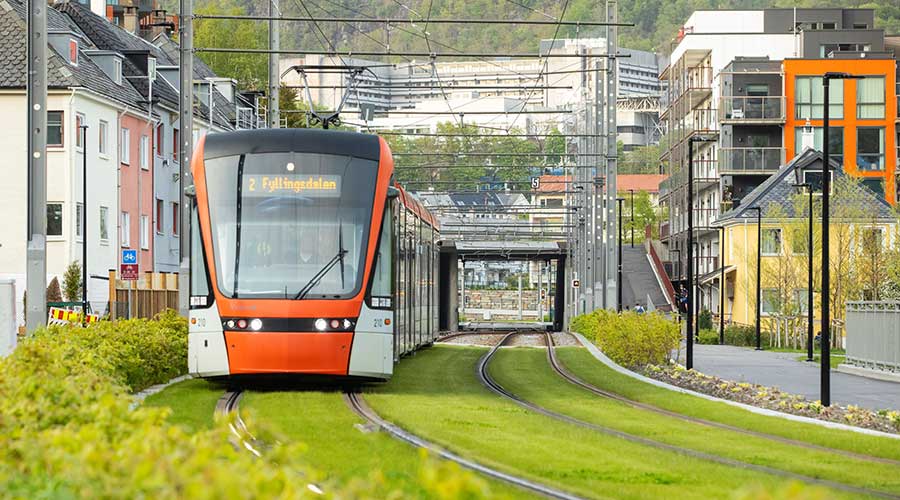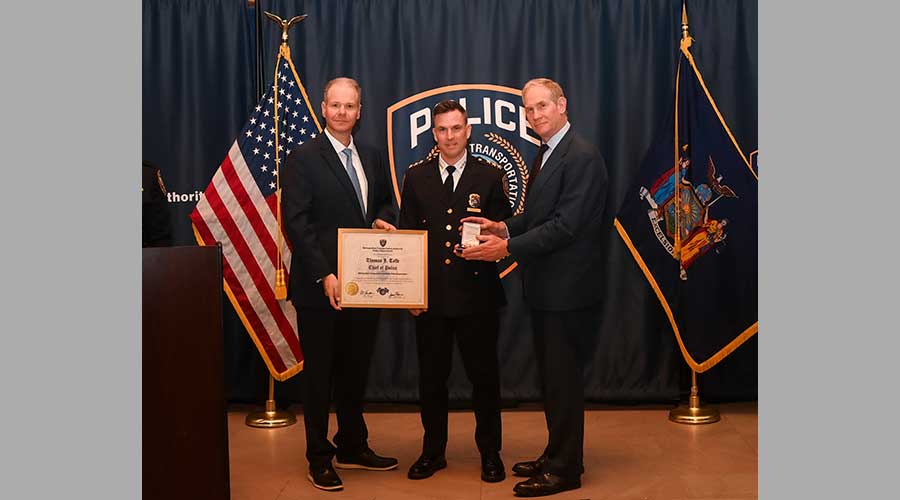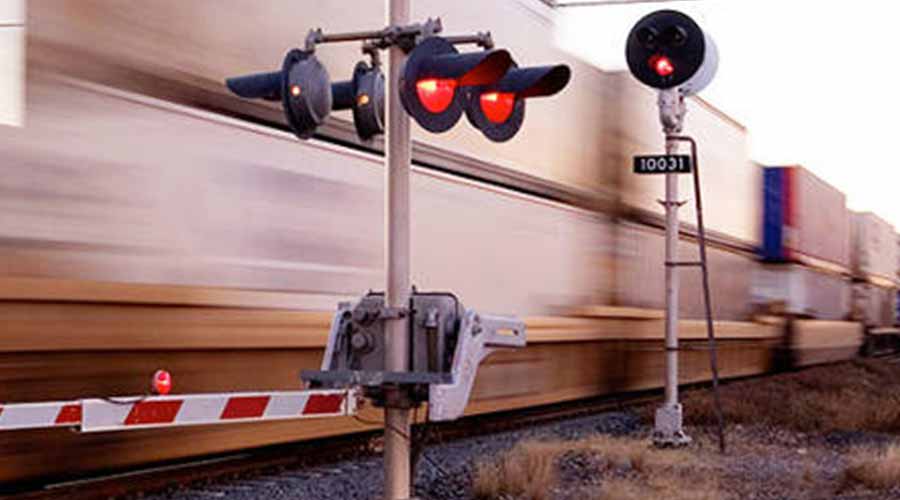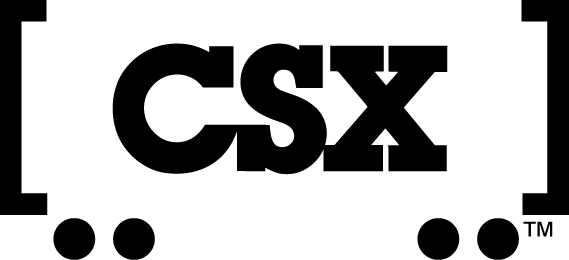Stay updated on news, articles and information for the rail industry
7/12/2010
Rail News: High-Speed Rail
Conference demonstrates mixed feelings over Wisconsin's high-speed plans
On July 8, the Wisconsin Technology Council hosted a conference to discuss Midwest high-speed rail initiatives — a conversation that mirrored the mixed emotions surrounding many U.S. high-speed rail projects these days.
The conference, “Wisconsin High-Speed Intercity Passenger Rail: From Vision to Reality,” began with a presentation by John Oimoen and Paul Trombino, both of the Wisconsin Department of Transportation (WisDOT).
“The Midwest is probably out in front of other states because of how we work together,” Trombino said of the Midwest High Speed Rail Initiative, a group of nine states — Illinois, Indiana, Iowa, Nebraska, Michigan, Minnesota, Missouri, Ohio and Wisconsin — working toward an integrated high-speed network.
He also clarified that while the current project is for a line running from Milwaukee, Wis., to Madison, Wis., the ultimate goal is to connect Chicago to Minneapolis and St. Paul, Minn., through Milwaukee and Madison. Several area residents in attendance said they were not aware the Wisconsin project was part of a larger proposal and had questioned the need for a line that ran only from Milwaukee to Madison.
Following the WisDOT presentation, a panel that included regional business leaders Paul Everly and Theresa Hessen, and state Sen. Ted Kanavas (R-Brookfield) shared their opinions on the project.
Everly said he found the project “terrifically appealing.”
“In terms of how we’re going to grow our economy, it makes sense,” he added.
And although Hessen said she is in favor of the project, she questioned why WisDOT wasn’t building a line to go 160 mph.
“We can get to Madison at 70 mph without, probably, getting pulled over,” she said.
The proposal currently calls for speeds up to 110 mph and Oimoen pointed out that for trains traveling 160 mph, WisDOT would need to build a dedicated corridor, which would be cost-prohibitive.
Kanavas, however, voiced reservations about the project. While he maintained he is in favor of high-speed rail, “this is not high-speed rail. This is Amtrak. The question is, is Amtrak what we want?” he asked.
In addition, there is “no multi-modal model at the other end,” Kanavas added, referring to a lack of transportation options once passengers get off the train in either Madison or Milwaukee.
Kanavas said that Wisconsin has chosen to be a car-centric state.
“We made that decision in Milwaukee in the 1950s when we got rid of the streetcar. Putting the genie back in the bottle is an expensive proposition,” he said.
Hessen, however, views the project as providing an alternative to flying, rather than a commuter-type option.
“No matter what they’re charging, it’s going to be cheaper than flying,” she said. “It doesn’t make sense to be a regional [business] player if you’re flying around the region.”
Kanavas also expressed concern about the project’s price tag, both upfront and ongoing. He questioned the ongoing maintenance costs and the benefits of transit-oriented developments.
“Restaurants, shops ... around train stations is not what we’re looking to do,” he said. “Ultimately, if this is about development around train stations, we’ve got a problem.”
WisDOT should be focusing on other transportation needs, Kanavas said.
“I would’ve fully funded what we need to do to repair a highway system that was built 50 years ago,” he said.
However, WisDOT does not view it as an “either/or” scenario, Trombino said.
“We’re focused on a robust, diverse transportation system that meets the public need,” he said.
Although Kanavas said he doesn’t see the project as an economic generator, Hessen disagreed. High-speed rail would expand the regional economy by making it easier for money from a financial hub like Chicago to be spent in other parts of the Midwest, she believes.
“From an economic perspective, it’s a complete no-brainer. It’s money in Chicago getting to Madison... that’s the promise of the train,” she said.
Kanavas acknowledged that “if we get to the Twin Cities at a reasonable speed, that’s a game changer.”
One concern the WisDOT officials could not address was the upcoming gubernatorial election. For example, Scott Walker, one of the Republican candidates, has said that, if elected, he would shut down the high-speed rail project.
By that time, WisDOT already will have spent $50 million to $100 million on improvements to get the project under way, Trombino said. And while they can’t know what will happen in November, “there are risks [that the project could get stopped].”
— Katie Berk


 2025 MOW Spending Report: Passenger-rail programs
2025 MOW Spending Report: Passenger-rail programs
 Gardner steps down as Amtrak CEO
Gardner steps down as Amtrak CEO
 Guest comment: Oliver Wyman’s David Hunt
Guest comment: Oliver Wyman’s David Hunt
 Women of Influence in Rail eBook
Women of Influence in Rail eBook
 railPrime
railPrime








